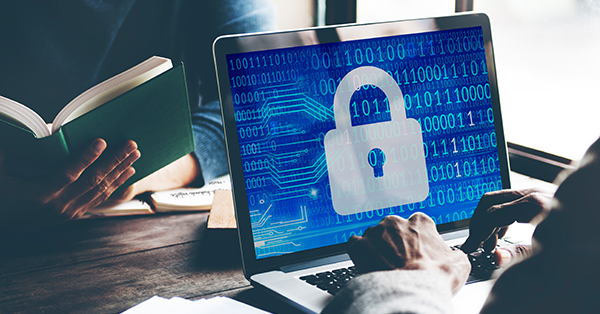Work-from-Home Security Practices Your Business Should Be Following
With the global COVID-19 pandemic and a shift in the increase in remote workers, businesses need to find a way to ensure that WFH security practices are put in place. Not only do individual workers need to be more aware of online attacks, but IT teams need to adjust and make certain that their business infrastructure, data and communications are secure. Check out the tips below for how your business can build a secure WFH solution for remote workers.

Changing Passwords– Changing your passwords is a security practice that many employees should be practicing on a regular basis. Many businesses already require that workers update computer passwords or email passwords every 3-6 months. But, during this time you may want to ask that your employees update every 1-2 months and that they use a variety of lower case, capitals, numbers, and symbols to create a strong password. Not only on their personal devices or online tools such as Slack, email, project management systems etc. – but also their home Wi-Fi network.
Set Up a VPN– A VPN is a Virtual Private Network that allows the exchange of encrypted data through a VPN server. With a VPN connection the data travels through a VPN tunnel or an encrypted connection, making sure only you and the VPN server have access to the information that is being transmitted. This makes browsing the web safer, can override censored sites, and protect you against hackers when using a public connection such as an at home network. Setting up a VPN for your business would provide employees with a secure way to connect with the office and its resources when workers may be on a public Wi-Fi network.
Secure Your Home Wi-Fi Network – Enabling remote workers to set up a separate Wi-Fi network for their work devices vs personal devices can ensure a more secure network for your employees. As the school year begins and children continue their education virtually, there will be an increase of Wi-Fi activity in the home allowing for network vulnerability. Setting up an additional network that is used separately from others in the household will help to prevent cyber-attacks from entering the business network. Send out emails to your employees and remind them to update their network password every 90 days.
Host A Security Webinar – Educate your workplace about staying secure online in a work-from-home environment. By hosting an internal training/webinar every 6 months to go over online security practices, employees will become more aware of the risks that come with working remotely. Many office workers will be used to having an IT team on-site and available for any security risk needs. This means that employees will need to be more educated on what to look out for, and hosting regular security webinars will enable workers to be more alert.
Updating Device Firmware – Many employees may have been provided with devices to use while working from home, such as an office phone, video conferencing device, video phone, etc. to easily communicate with their colleagues. To prevent any security risks, make sure all of your devices’ firmware is always up to date. By updating the devices firmware there will be a low security risk and IT managers will be able to easily monitor for any vulnerabilities. Firmware for all Grandstream products are improved and updated on a regular basis. Visit our firmware page for notifications about important updates or sign up here to receive a newsletter for new/beta firmware releases.

